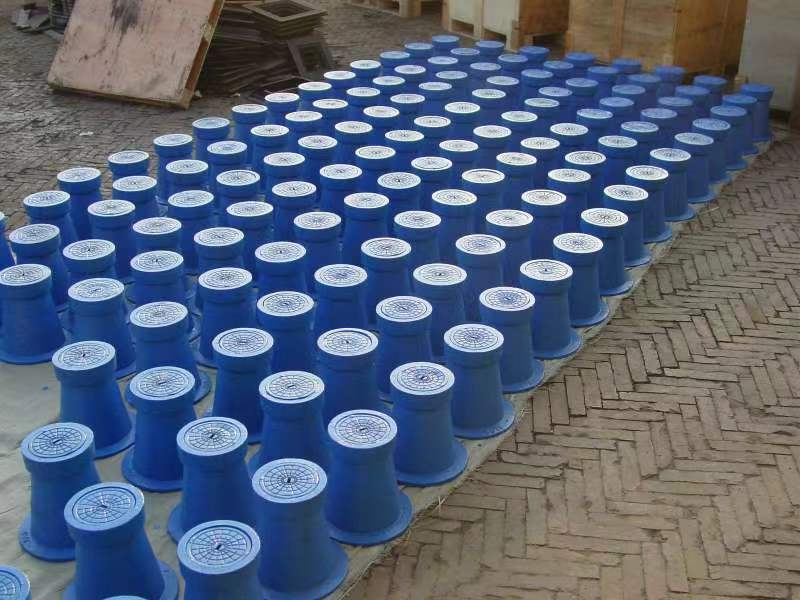semi truck quick release valve
Understanding the Semi Truck Quick Release Valve Importance and Functionality
Semi trucks are essential for transporting goods across vast distances, and their efficiency relies heavily on the functionality of various components. One such crucial element in the braking system is the quick release valve. This article aims to provide an insightful overview of the semi truck quick release valve, its significance, and how it operates within the braking system.
What is a Quick Release Valve?
A quick release valve is a type of pneumatic valve that plays a vital role in the air brake system of a semi truck. Its primary function is to control the release of air from the brake chambers. When the driver applies the brakes, air pressure is routed to the brake chambers, which engage the brakes, bringing the vehicle to a stop. The quick release valve ensures that this air is released rapidly and effectively when the driver releases the brake pedal.
The Importance of the Quick Release Valve
The quick release valve is crucial for several reasons. Firstly, it helps to minimize the brake lag that can occur when a driver applies and then releases the brakes. If air takes too long to release from the brake chambers, this can lead to delayed braking response and contribute to slower overall stopping times, which can be dangerous, especially under heavy loads.
Secondly, the quick release valve aids in maintaining optimal braking performance. By allowing air to escape quickly, it ensures that the brakes can return to their ready state promptly, making them more responsive when the driver needs to apply them again. This reliability is especially critical for semi trucks, which often operate in varied and challenging road conditions.
Lastly, a properly functioning quick release valve contributes to the longevity of the braking system. By managing the air pressure within the brake chambers effectively, it reduces wear and tear on other components of the braking system, such as the brake shoes and drums. This not only extends the life of these parts but also enhances the overall safety and efficiency of the vehicle.
How Does It Work?
semi truck quick release valve

The quick release valve works by utilizing a diaphragm and a spring mechanism that responds to changes in air pressure. When the driver engages the brakes, air pressure builds up within the brake chambers. The quick release valve remains closed to maintain this pressure, allowing the brakes to engage.
Upon releasing the brake pedal, the pressure begins to decrease. The quick release valve senses this drop in pressure and opens, allowing the trapped air in the brake chambers to escape rapidly. This rapid expulsion of air reduces the time it takes for the brakes to disengage, ensuring that the vehicle is ready for the next braking action almost immediately.
The design of the quick release valve typically includes two ports – one for incoming air and one for exhaust. Additionally, many modern quick release valves are equipped with a filter to prevent contaminants from entering the system, thereby enhancing durability and reducing maintenance needs.
Maintenance and Troubleshooting
Regular maintenance of the quick release valve is essential for ensuring optimal performance. Drivers and fleet managers should routinely inspect the brake system, including the quick release valve, for signs of wear, leaks, or malfunction. Common symptoms of a faulty quick release valve can include prolonged braking time, unusual noises, or air leaks.
If issues are detected, it’s crucial to address them promptly. A malfunctioning quick release valve can compromise the entire air brake system, leading to safety hazards on the road. In some cases, cleaning or replacing seals within the valve can restore functionality, while in other instances, complete replacement may be necessary.
Conclusion
The quick release valve is a vital component of the semi truck braking system, contributing to safety, performance, and reliability. Understanding its function and importance can help drivers and fleet operators prioritize maintenance and ensure that their vehicles remain in optimal condition. By doing so, they can enhance safety on the road, reduce operational costs, and create a more efficient transportation system overall. As semi trucks continue to be a backbone of goods transportation, the role of components like the quick release valve cannot be overstated.
-
The Smarter Choice for Pedestrian AreasNewsJun.30,2025
-
The Gold Standard in Round Drain CoversNewsJun.30,2025
-
The Gold Standard in Manhole Cover SystemsNewsJun.30,2025
-
Superior Drainage Solutions with Premium Gully GratesNewsJun.30,2025
-
Superior Drainage Solutions for Global InfrastructureNewsJun.30,2025
-
Square Manhole Solutions for Modern InfrastructureNewsJun.30,2025
-
Premium Manhole Covers for Modern InfrastructureNewsJun.30,2025
